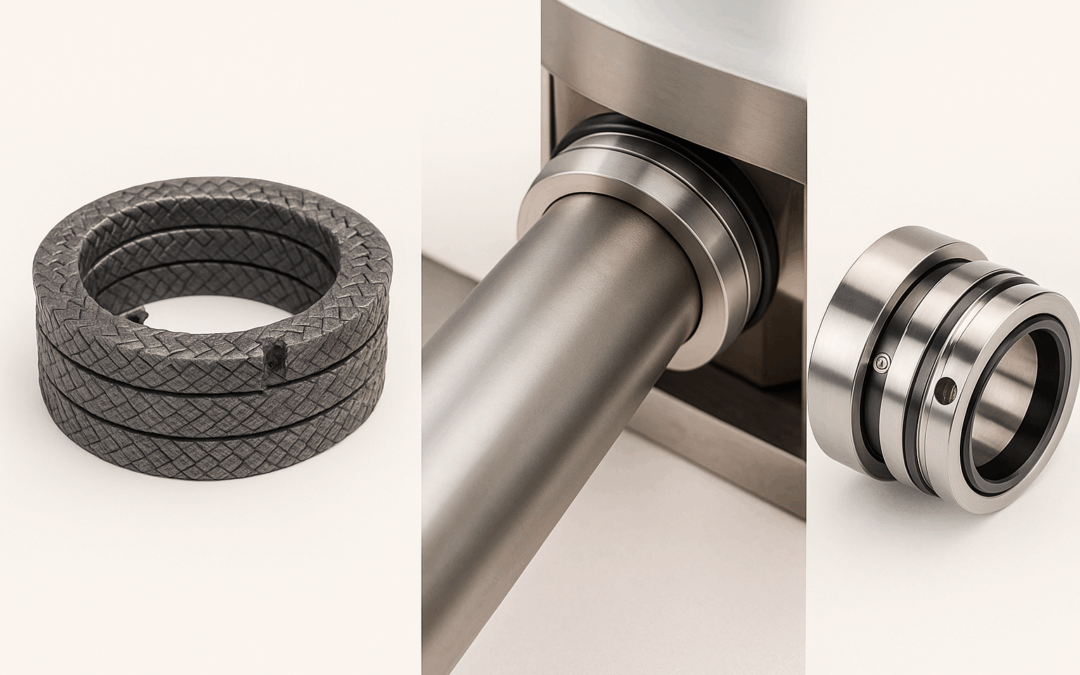Additive Manufacturing which can also be referred to 3D printing is a simple process and a technological advancement which involves the use of computer-aided-design (CAD) software and/or 3D object scanners to pass a set of instructions to hardware equipment which deposits layers and layers of materials upon each other to create an object. Additive Manufacturing is simply the creation of a three-dimensional object by building a layer at a time using CAD models and software.
Additive Manufacturing is used in several industries to make production possible. One such industry is the aerospace industry. Additive manufacturing assist engineers in the design of complex parts. The automotive, medical and even consumer product industries also benefit from the wonders of additive manufacturing. Now, you might be wondering why big industries adopt Additive Manufacturing. What do these industries stand to gain?
1. Imagination is the only limit
In additive manufacturing, CAD software is used to create three-dimensional designs. When using this type of software, the only thing that can hinder you from creating the design you want is not imagining it. On the contrary, before creating any design, you first have to imagine it. This simply means there is no limit to what you can create.
2. Free Complexity
With additive manufacturing, printing the complex part of your design cost less than a simple cube of the same size. The more complex your design is, the less the manufacturing cost when using additive manufacturing.
3. Flexibility
With CAD programs, an engineer can create whatever he wants. A single object can have as many colors as the manufacturer wants. This allows for flexibility as printers can use a material with any color to print these objects.
CONS
1. Slow building rates
The building rate of printers used in additive manufacturing is pretty slow. Some printers work at a rate of about one to five cubic inches in one hour. The building rate of your printer would depend solely on the part being built.
2. Long designing hours
To use additive manufacturing you first need to design your three-dimensional object in CAD software. First of all, you need to know how to use CAD software to be able to create any design. For experts who already know how to use this software, the downside would become the time spent on designing your object.
3. Post-Processing
Once you are done with the printing of your three-dimensional object, you would notice that the surface finishing and accuracy might be low in quality compare to other types of manufacturing. To solve this problem, you would need to do some surface processing.
Risks Associated With Additive Manufacturing
When it comes to the health of additive manufacturing operators, you could say they are pretty much at risk. First of all, the materials used whether solids or liquid (like photopolymers) usually emit harmful fumes as well as other hazardous substances when processed. Also, dust clouds are usually formed if any amount of powder is mistakenly whirled. Now, this might not sound harmful, but the fact that these dust cloud can catch fire under some conditions make it extremely dangerous.
Almost every piece of equipment that is being used in additive manufacturing run at a very high temperature. Take for instance the heated nozzles, electron beam, and lasers. Such high energy could lead to thermal burns, entrapment, and even worse incidents.
Lastly, most additive manufacturing laboratories usually stack equipment very close to each other to ensure the maximum utilization of available space. This is done to increase the efficiency of production but could become counterproductive making the workspace unsafe for workers. The absence of breathable air due to gases such as argon and nitrogen is equally dangerous.
Now, you have an idea of what additive manufacturing is. You know it is a manufacturing process with huge benefits preferred by big industry over other types of manufacturing. You also know this manufacturing process has some minor downside which may not be significant when compared to the benefit. However, the risk of additive manufacturing operators are exposed to is high, and this doesn’t just affect them. The dangers of additive manufacturing also have an effect on the atmosphere at large. The wrong disposal of waste products would corrupt the soil and as well as water bodies thus leaving plants, aquatic lives, and even humans vulnerable.




